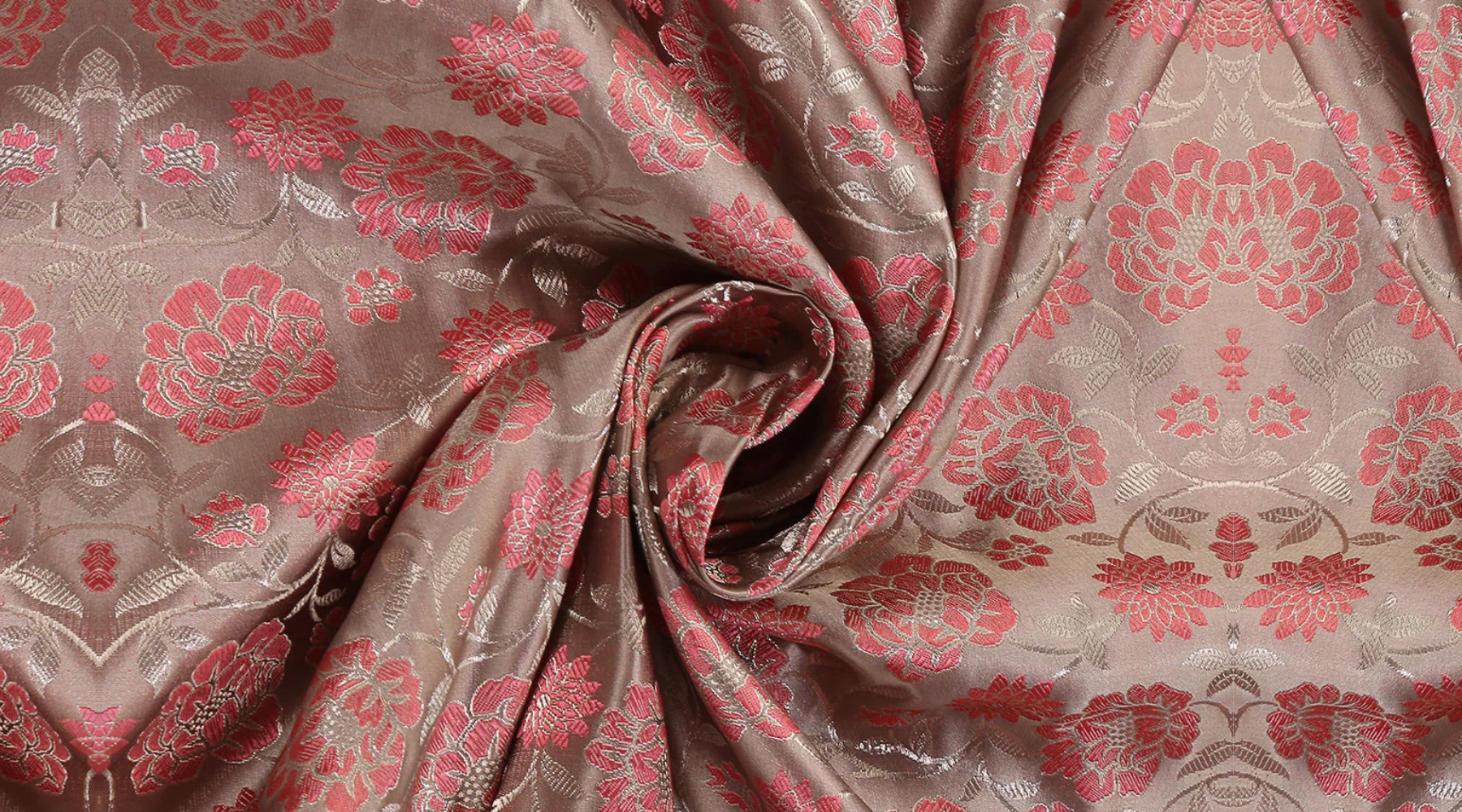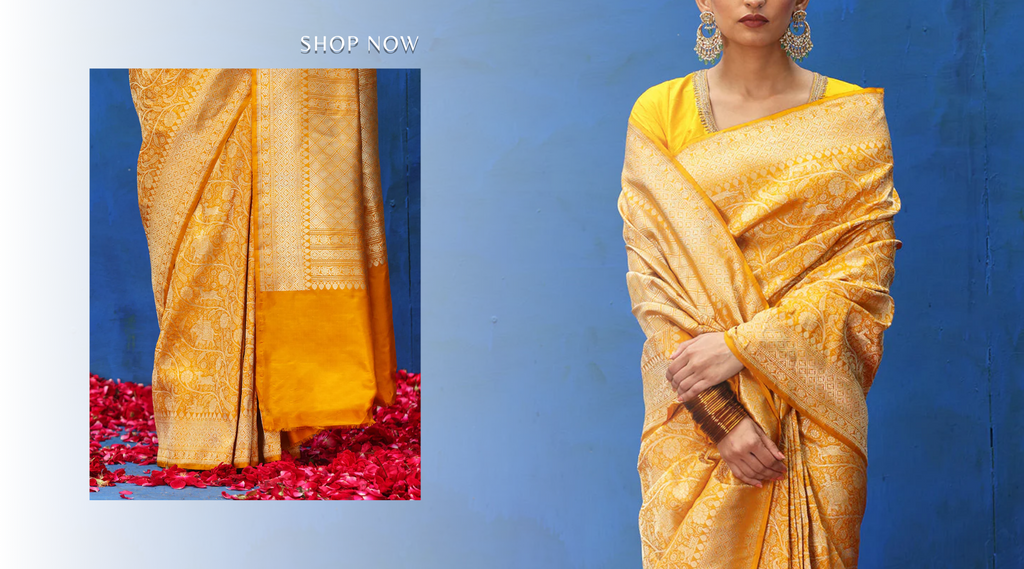Translating love through handloom textiles and crafts
With a country boasting over 5,000 years of history and a homogeneous mix of countless cultures, the sheer beauty of diversity becomes a captivating narrative when deciphering stories of the past. Think of the opulence of the Mughals mingled with Indian crafts, or perhaps tales of our British colonists who traded Indian textiles for mass distribution in London. The study of Indian crafts and textiles could be your next crash course in history.
For centuries, the skilled artisans of India have brought to life a diverse spectrum of fabrics adorned with motifs and techniques that have been preserved to date. Drawing inspiration from legends, beliefs, nature, and their own creativity, these renditions convey a range of expressions, from religious to purely decorative and imaginative. With a widespread presence across India, these motifs often take on unique forms, details, and significance based on region, community, textile, and heritage.
This Valentine’s Day, we’re taking a moment to look back at motifs that have inspired Indian artisans to celebrate love in all its iterations. Indian mythology has always had a great influence on weavers and artists. You may as well find its significance plastered on Indian monuments, art installations, museums, and even on textiles and fabrics used in clothing and upholstery. So, let’s find out their meaning and significance.
Below, we’ve whittled down motifs that speak love in all languages.
The Peacock Motif
The peacock has graced Indian art since the days of the Indus Valley Civilization, depicted on seals and later flourishing during the Mauryan and Gupta periods. In Hindu mythology, the peacock is considered Lord Krishna’s companion and symbolises love, devotion, and the divine. Even today, its resplendent feathers can be seen dancing across Indian textiles, whispering tales of profound culture and deep meaning. From glistening Kanjeevaram silks and royal Banarasi brocade to vivid Pochampalli sarees, the peacock motif finds renewed life and stands as a symbol of love and prosperity through every thread of history.
The Parrot Motif
The parrot, known as Kamadeva’s vahana (chariot), carries the essence of the love god. It's also associated with Lord Krishna and Radha, which cements its connection to romance and further makes it a symbol of love and passion.
Often found on textiles from Gujarat, Rajasthan, and west Bengal, the parrot motif finds new meanings and interpretations that ensure playful and symbolic references in different parts of the country. For instance, when used in Phulkari embroidery, the parrot symbolises fertility and blessings for children, whereas in Kantha work, it represents good luck and protection from evil.
The Raas Leela Motif

The Raas Leela motif, also known as the cosmic dance of creation, is deeply rooted in Hindu mythology and encapsulates the beguiling dance of Lord Krishna, Radha, and the gopis of Vrindavan. Often seen as a metaphor for the love between Radha and Krishna, this intricate motif can be seen as the cosmic play of God, where creation, preservation, and destruction are all part of the celestial dance. When translated into textiles and paintings, the Raas Leela rendition illustrates a celebration of love, connection, and a path to liberation. It can be seen in old miniature paintings and is also a popular theme in Indian classical dance forms such as Bharatnatyam, Odissi, and Kathak.
The Palanquin Motif

This motif often depicts palanquins carrying brides to their marital homes, symbolising new beginnings of love. Palanquins are woven, embroidered, printed, or painted onto fabrics and show variety in detail, structure, and pattern. For instance, the Phulkari embroidery from Punjab features vibrant and geometric palanquins, whereas the Kasuti embroidery from Karnataka illustrates detailed palanquins with floral motifs. Or perhaps, if you take a look at Gujarati patola sarees, renowned for their bold borders, they also feature vibrant palanquin motifs as a part of their central design theme.
The Conch Shell Motif

The conch shell may not be as universally acknowledged as a symbol of love as some others, yet it holds intriguing and varied associations with love in different cultures. In Hinduism, the conch shell, known as shankha, is linked to Lakshmi, the goddess of love, prosperity, and fertility. Meanwhile, in Roman culture, Venus, the Greek goddess of love, is often portrayed emerging from a seashell, connecting the symbolism to both love and birth.
Author- Haiqa Siddiqui








